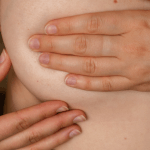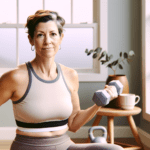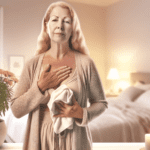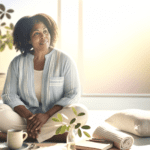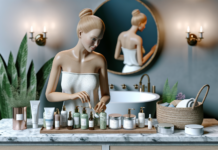Many women don’t know what a lump can feel like… and there is no exact answer. Lumps can vary in many different sizes, shapes, and textures – they can be fixed or movable, rough or smooth, soft or firm, small or large.
Also important to know: if you are still menstruating, they can also feel different at different times of your menstrual cycle. That’s why it can be helpful to examine yourself before and after your finish your period so you can get to know these changes.

So, here are my best tips for checking your breasts:
- Do the “clock technique” to get to know them
Find a time and place you feel comfortable. Most women find it easiest in the shower. Or even laying down. Lift up one arm, and use your opposite hand to press and feel all over the area.
Think of a clock. Begin at 12 o’clock (top of your breast), then move to 10 o’clock, and around the circle back to 12. Then move in an inch toward the nipple, and keep repeating this until you reach the nipple.
- Use a Mirror
Mirrors can be very helpful. Use a mirror to check if the outlines of your breasts look the same of if there are any areas bulging out or caved inwards.
Make sure to look at the breasts in front of the mirror and raise your arms above your head to look at the lower part of the breasts. Look to see if the outlines of your breasts look the same or if there any areas bulging out or caved in.
- Include your armpits
Along with checking the entire breast area, it is important to also check right up to the collarbone and into your armpits.
- Make a routine out of it
It’s always a good idea to check your breasts regularly, at least once a month. This can help you to understand what is normal and help you to spot any changes.
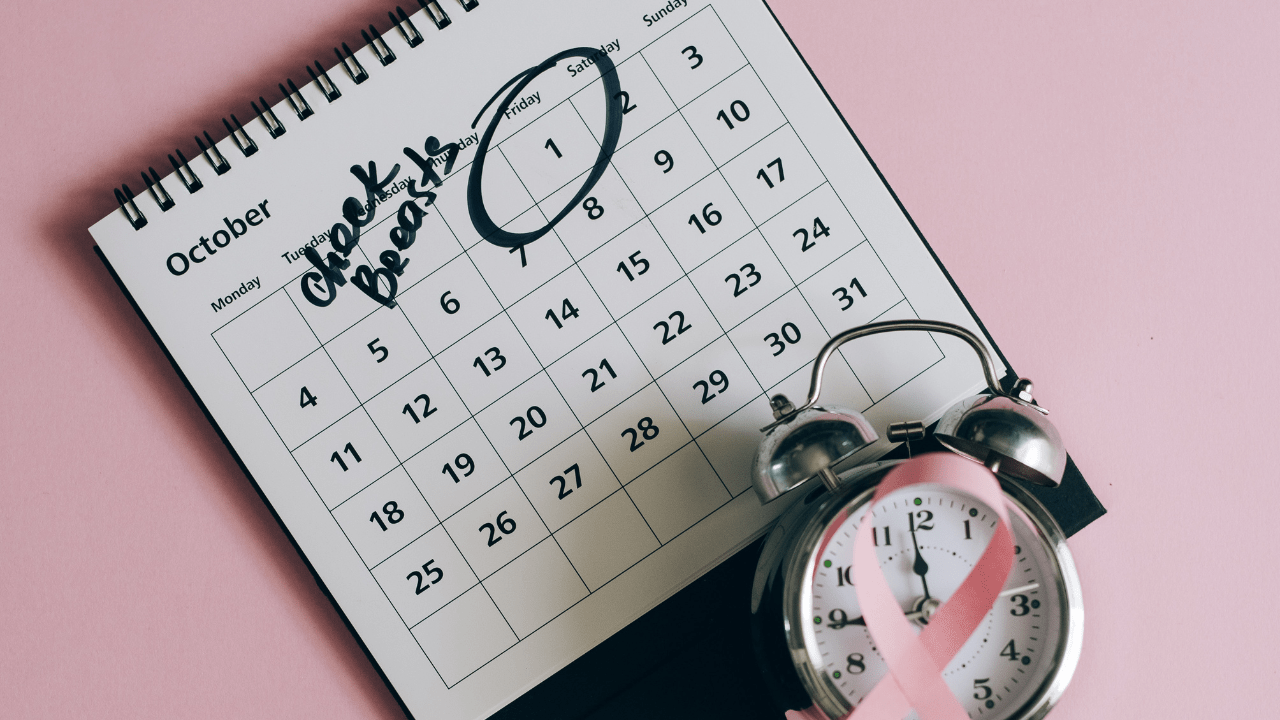
- Check for other signs and symptoms
It is important to look out for any other changes to your breasts. This includes any rashes or redness of your breast tissue , changes in the size, shape or texture, swelling or pain, changes to the shape or position of the nipples, or discharge.
- Get routine mammograms
Once you’ve reached the age of forty, or earlier if breast cancer runs in your family, it is important to go for routine mammograms.
What should you do if you suspect a lump?
If you discover a lump in your breast or find any other unusual changes, you should make an appointment with your doctor. Then you will be able to see breast surgeon who can discuss your symptoms and carry out any necessary examinations, including imaging.
It’s important to know that breast cancer patients are advised by their doctors to go completely chemical-free. This includes their cosmetics, household articles and food. Check out our articles and videos about how chemicals in skin care products can promote breast cancer, and how to find chemical free skin care products.
We also have a detox guide that breast cancer patients would be advised to follow which we explain and which you can download here.
